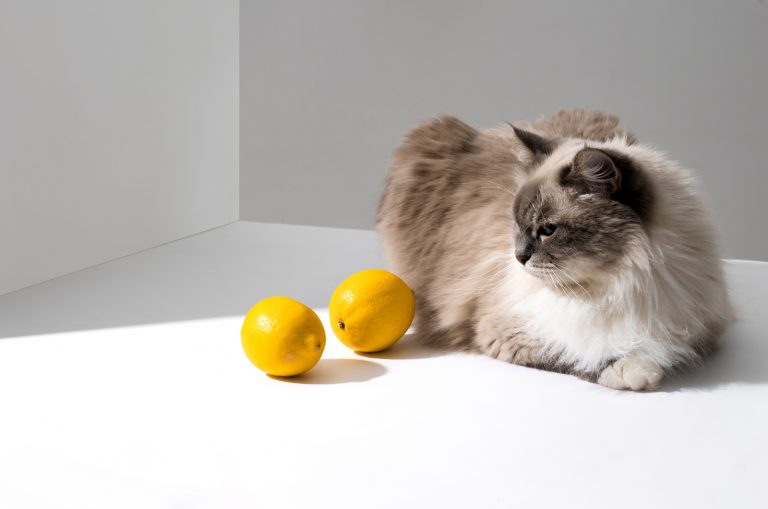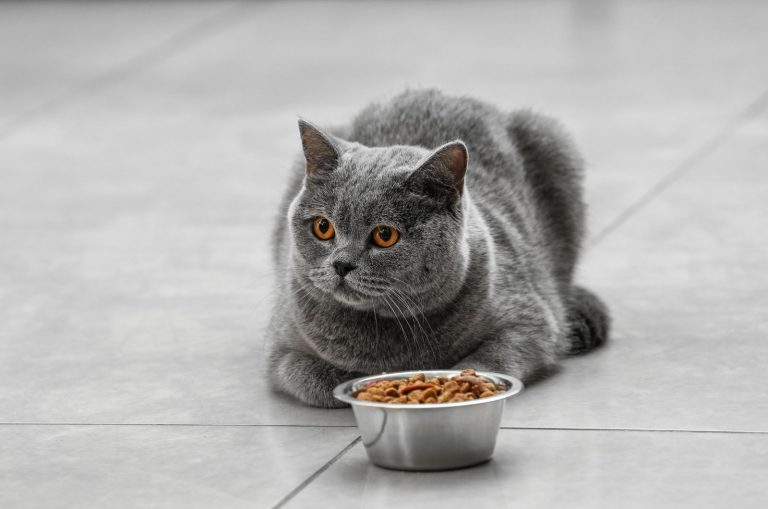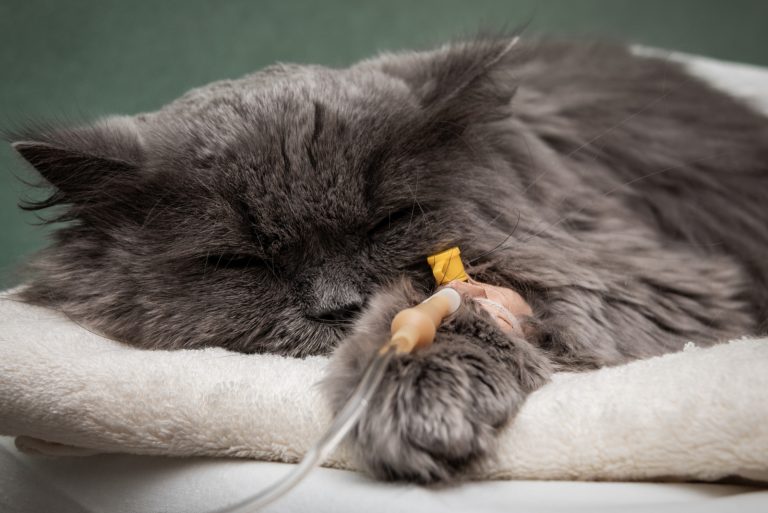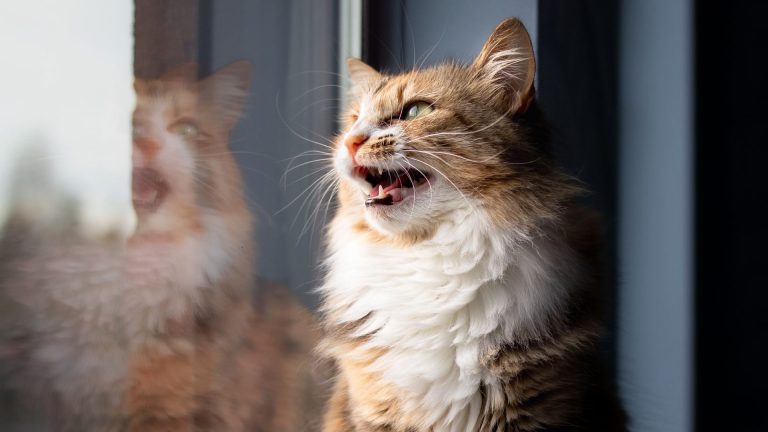Meet The World’s Smallest Wild Cat, Weighing Only 0.9kg!
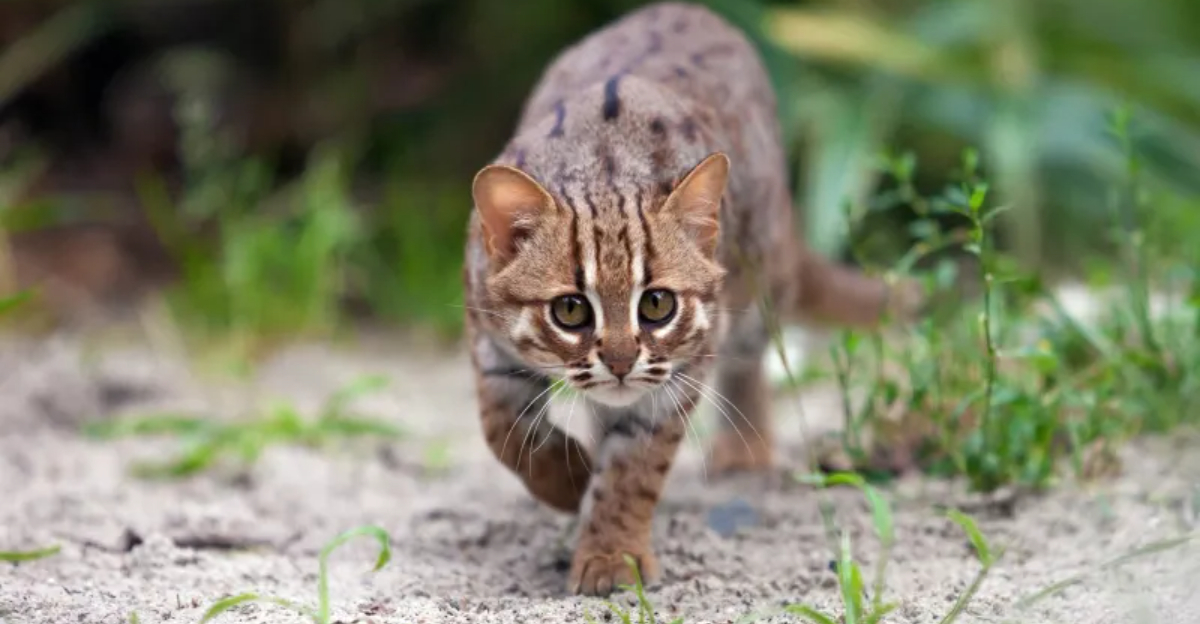
Hidden in the forests of South Asia lives a feline marvel that could fit in your palm. The rusty-spotted cat holds the title of world’s smallest wild cat, weighing less than a bag of sugar at just 0.9kg.
Despite its tiny size, this miniature predator possesses remarkable hunting skills and fascinating adaptations that have helped it survive for thousands of years.
World’s Smallest Wild Cat
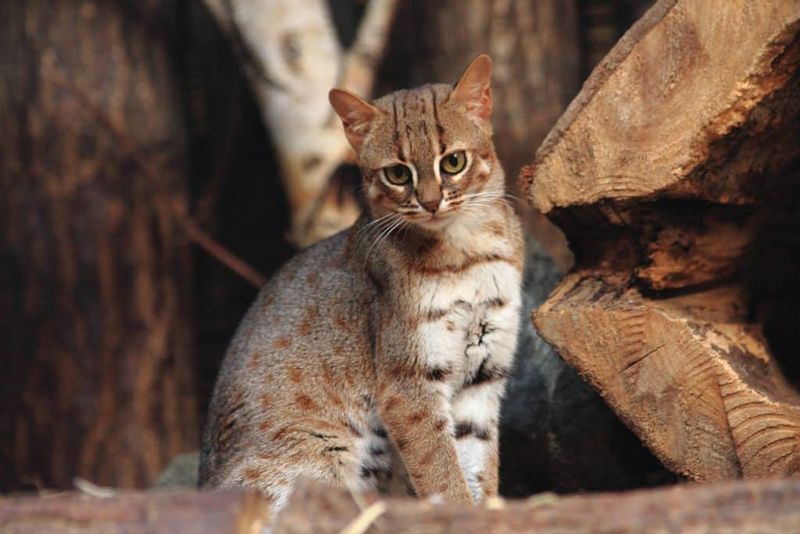
Imagine a wild cat so tiny it could sit comfortably in your hands! Measuring just 35-48 cm in body length, the rusty-spotted cat is barely larger than a typical house kitten.
At 0.8-1.6 kg, these pint-sized predators hold the Guinness record for the smallest wild cat species on Earth. Their diminutive size helps them hide from larger predators.
Native To India And Sri Lanka
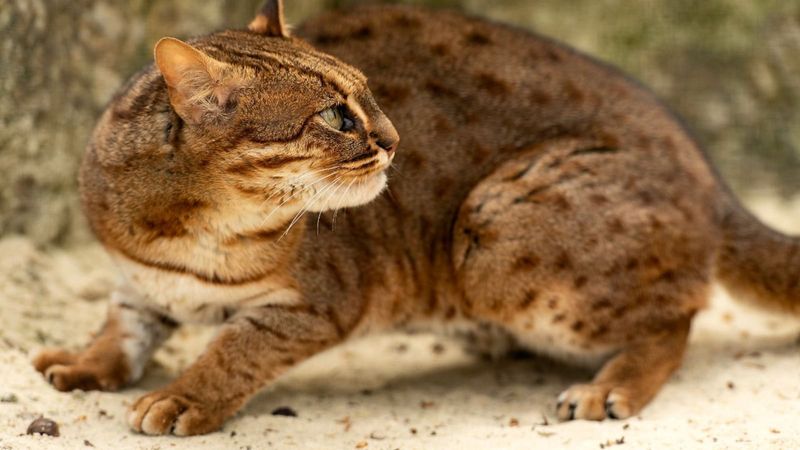
Across the humid forests and scrublands of India and Sri Lanka, these elusive mini-hunters carve out their territory. Few travelers ever glimpse these shy creatures in their natural habitat.
They prefer the dense vegetation of deciduous forests where they can easily disappear among rocks and undergrowth. Recent sightings in Nepal have expanded their known range.
Nocturnal And Elusive
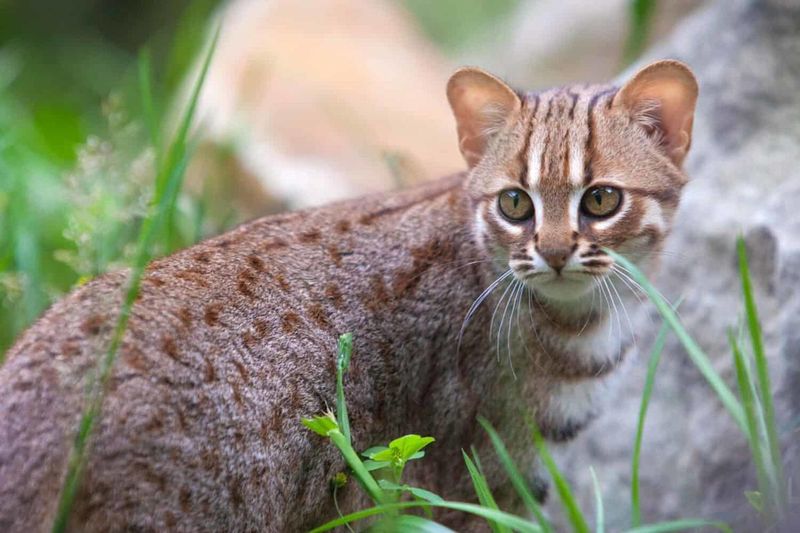
Under the cover of darkness, these secretive felines come alive. Their large, luminous eyes collect whatever moonlight filters through the forest canopy, giving them superior night vision for hunting.
Researchers struggle to study them because of their stealthy movements and shy temperament. Most scientific knowledge comes from rare camera trap footage.
Diet And Hunting Habits
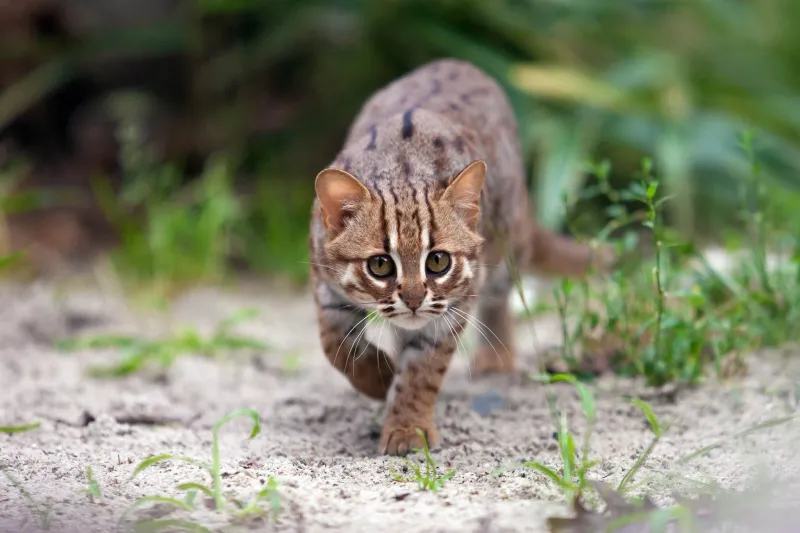
Don’t let their adorable appearance fool you! These miniature hunters are formidable predators with lightning-quick reflexes and precise pouncing techniques.
Their menu includes rodents, birds, frogs, and insects—basically anything small enough to overpower. Unlike larger cats who stalk prey, rusty-spotted cats often employ an ambush strategy, waiting motionless before striking.
Reproductive Traits
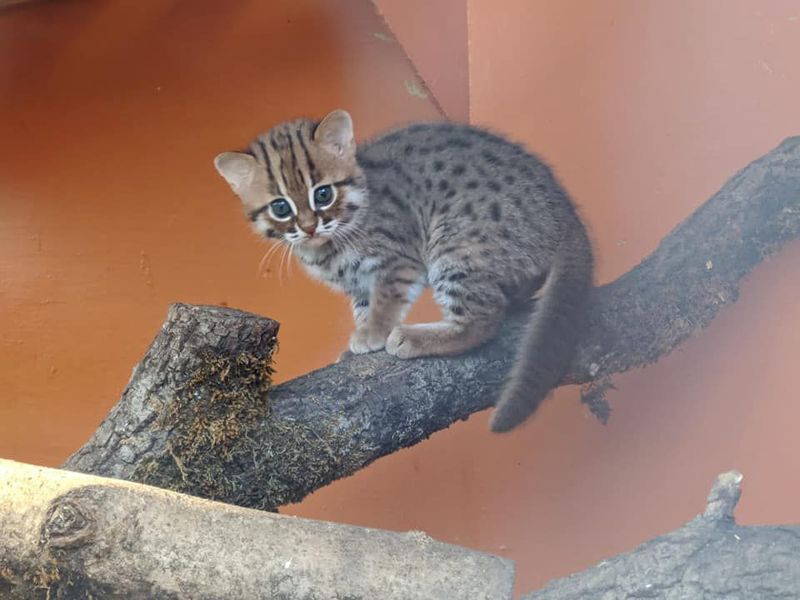
Female rusty-spotted cats experience remarkably brief courtship periods, with estrus lasting only five days. After mating, they carry their young for 65-70 days before giving birth.
Their tiny kittens weigh a mere 60-77 grams at birth—lighter than a deck of cards! Usually only one or two kittens arrive per litter, each completely dependent on mom.
Distinctive Appearance
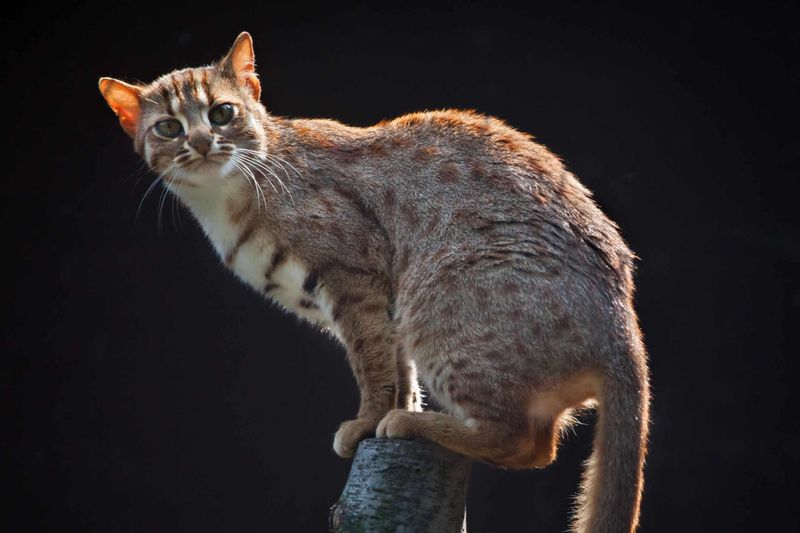
Adorned with rusty-red spots that inspired their name, these cats sport a beautiful coat pattern that serves as perfect camouflage. Their fur base color ranges from grayish to brownish, creating a canvas for the distinctive markings.
Dark streaks frame their expressive faces, while their undersides remain white with scattered dark spots. Their tails, about half their body length, display subtle rings.
Limited Distribution
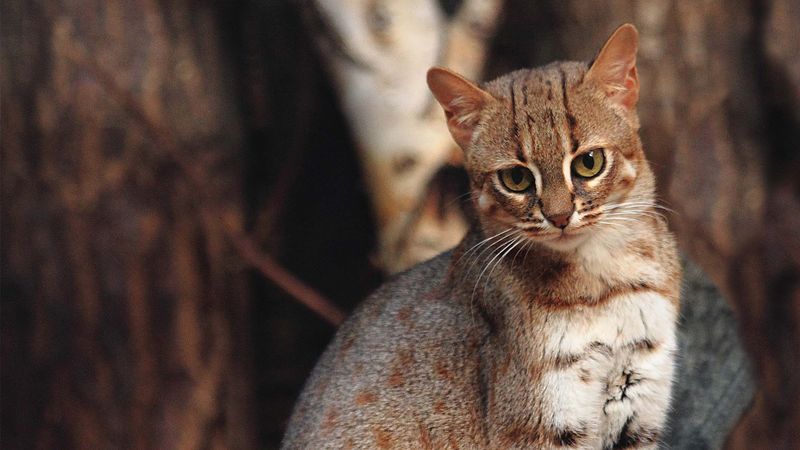
Unlike widespread species such as lions or tigers, rusty-spotted cats inhabit only fragmented pockets across South Asia. Their primary strongholds remain in India and Sri Lanka, with isolated populations scattered throughout.
A thrilling discovery in Nepal’s Bardia National Park in 2016 expanded their known range northward. Scientists believe undiscovered populations may exist in suitable habitats.
Habitat Preferences
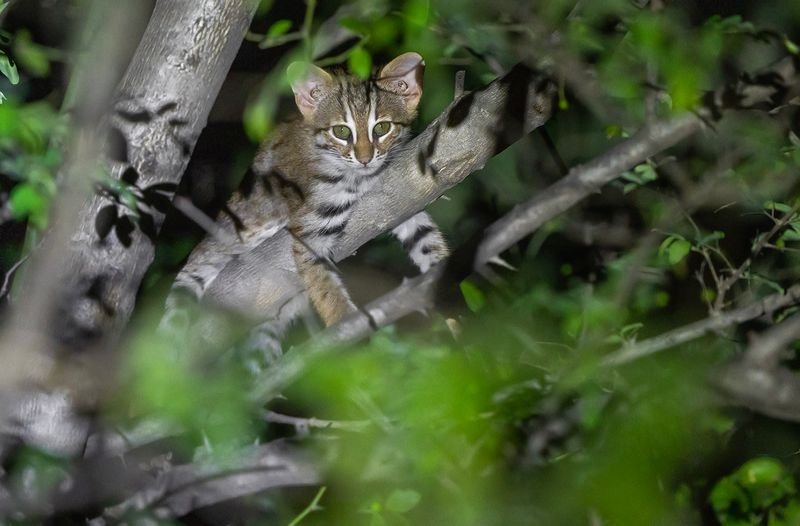
Rocky hideaways and dense thickets provide perfect sanctuaries for these miniature hunters. They gravitate toward environments offering plenty of cover and abundant small prey.
Surprisingly adaptable, they’ve been spotted in varied landscapes from dry scrublands to moist deciduous forests. Some populations have even adjusted to life near agricultural areas, though they always maintain a safe distance from humans.
Threats To Survival
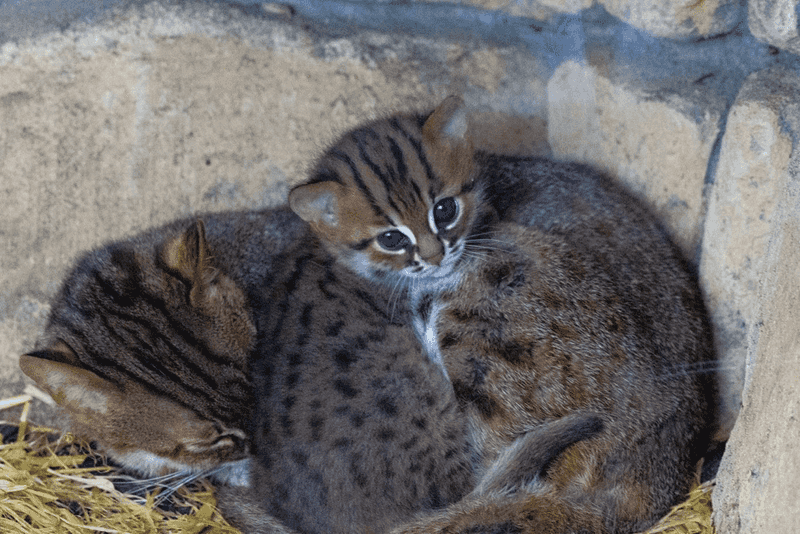
Bulldozers and chainsaws represent the greatest danger to these tiny felines as forests fall to make way for farms and towns. Each hectare lost shrinks their already limited territory.
Farmers sometimes kill them mistakenly, believing they threaten livestock. Climate change also alters their habitats and prey availability. The IUCN lists them as Near Threatened due to these mounting pressures.
Conservation Efforts
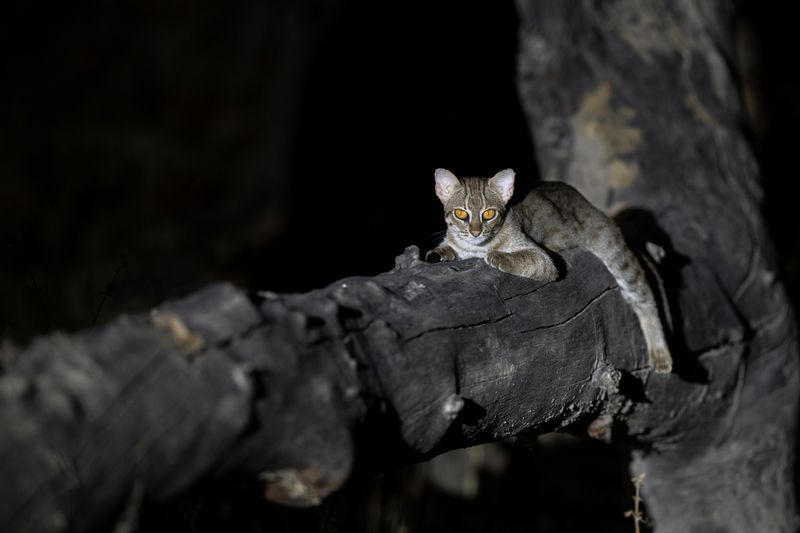
Guardians of these diminutive cats work tirelessly across South Asia to preserve their remaining habitats. Protected areas in India and Sri Lanka serve as crucial sanctuaries where they can roam safely.
CITES Appendix I listing grants them the highest level of international protection. Conservation organizations run education campaigns to help local communities understand the importance of these ecological gems.
Longevity In Captivity
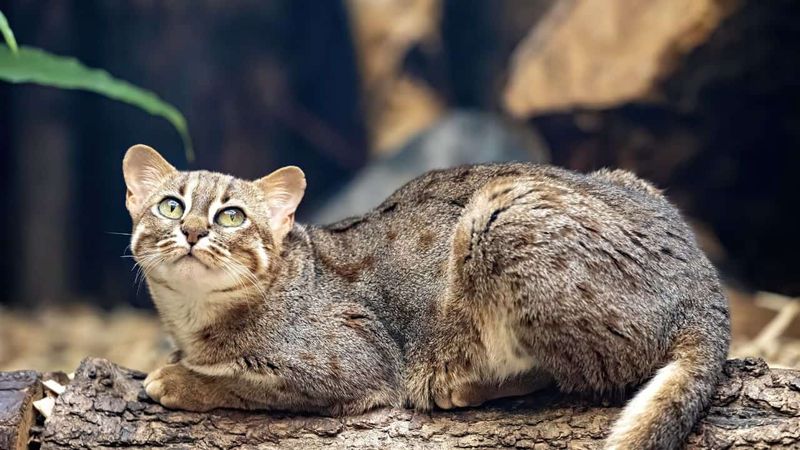
Behind the glass of zoological facilities, these tiny felines can reach an impressive 12 years of age. Their wild cousins likely live shorter lives due to predators, disease, and environmental challenges.
Few facilities successfully house them due to their specialized needs and shy nature. Those that do provide crucial research opportunities and help raise awareness about their conservation status.
Ecological Role
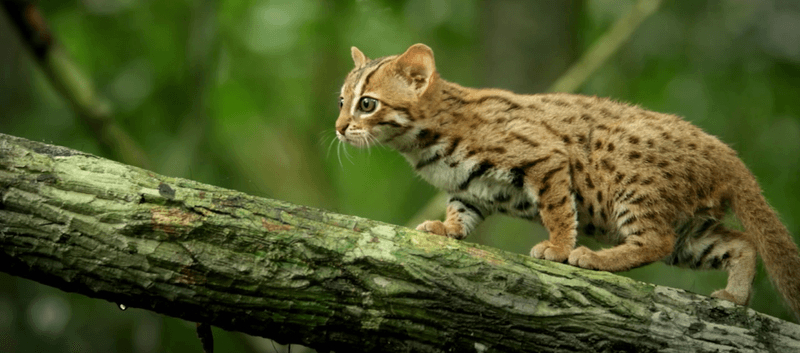
Though small in stature, these cats play a mighty role in their ecosystems as natural pest controllers. A single cat can consume thousands of rodents annually, benefiting farmers by reducing crop damage.
Their presence indicates a healthy, functioning ecosystem with intact food webs. As mid-level predators, they help maintain the delicate balance between species in South Asian forests.

